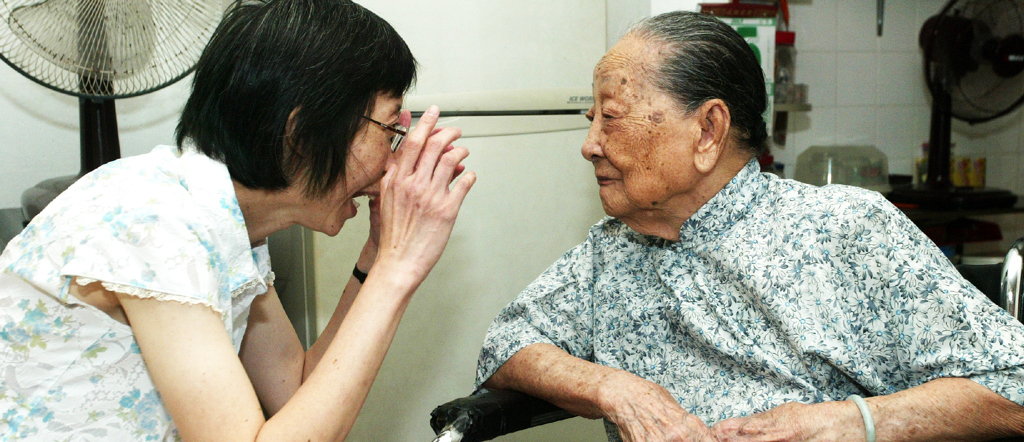
Many seniors Singaporean must live in their home alone during the time that their children go to work outside. In modern society, many couples do not have children, or many people are single, in retirement time or in old age these people may have to be home alone. Many elderly people are happy and choose to stay in their own homes in the end and do not want to go to a nursing home or hospital.
1. Grab Bars and Non-Slip Flooring in the Bathroom
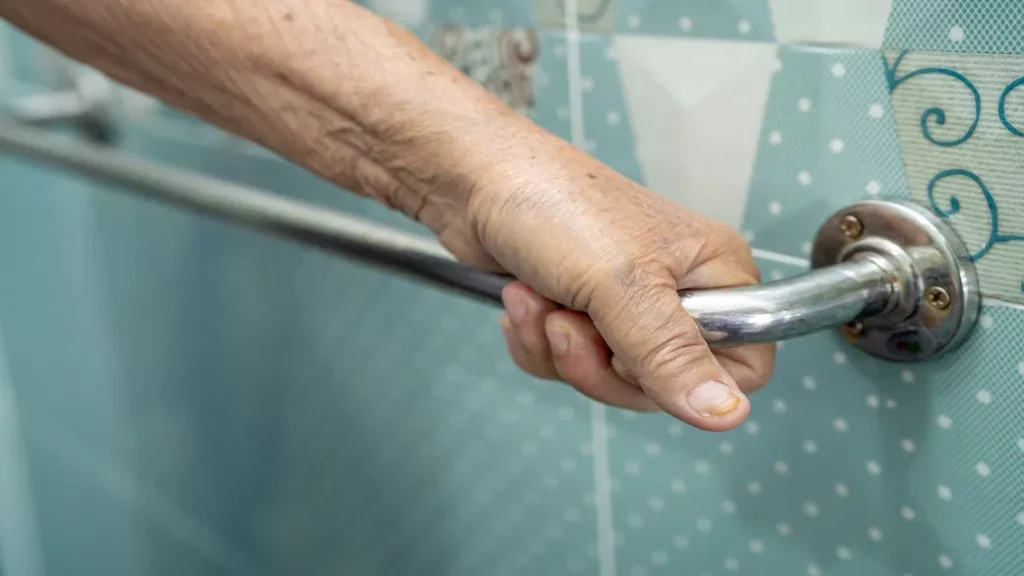
The installation of grab bars in the bathroom can help reduce the risk of falls, providing peace of mind for both the individual and their caregivers. Additionally, grab bars can increase independence and improve safety, allowing individuals to confidently use the bathroom without assistance.
The elderly, as well as individuals with mobility issues, are at a higher risk of falls and can benefit greatly from a floor surface that provides added traction. Non-slip flooring helps to prevent slips and falls, making the home safer for all individuals. The textured surface or special coating also helps to increase traction and stability, providing a secure footing for those who may have trouble maintaining balance. This can help to improve safety, increase confidence and independence, and provide peace of mind for both the individual and their caregivers.
2. Widen Doorways and Hallways
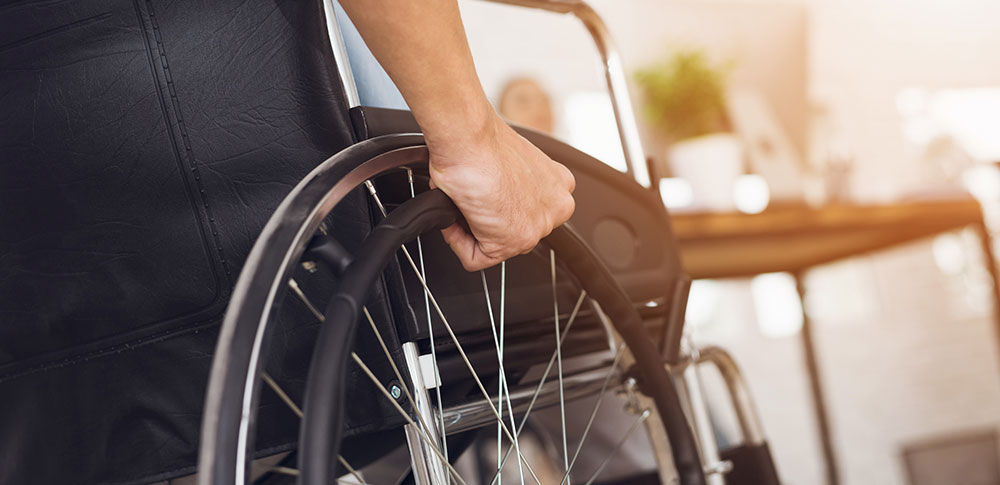
Widening doorways and hallways in a home renovation for the elderly can improve accessibility and mobility. This allows for easier movement throughout the home, particularly for individuals using wheelchairs, walkers, or other mobility aids. Widening the doorways to 36 inches or more can provide ample space for individuals using wheelchairs to move freely from room to room. Widening the hallways to 42 inches or more can also provide a clear pathway and allow for easy maneuvering. These modifications can increase independence and make the home safer and more comfortable for all individuals, particularly the elderly.
3. Raised Access to Electrical Outlets and Switches
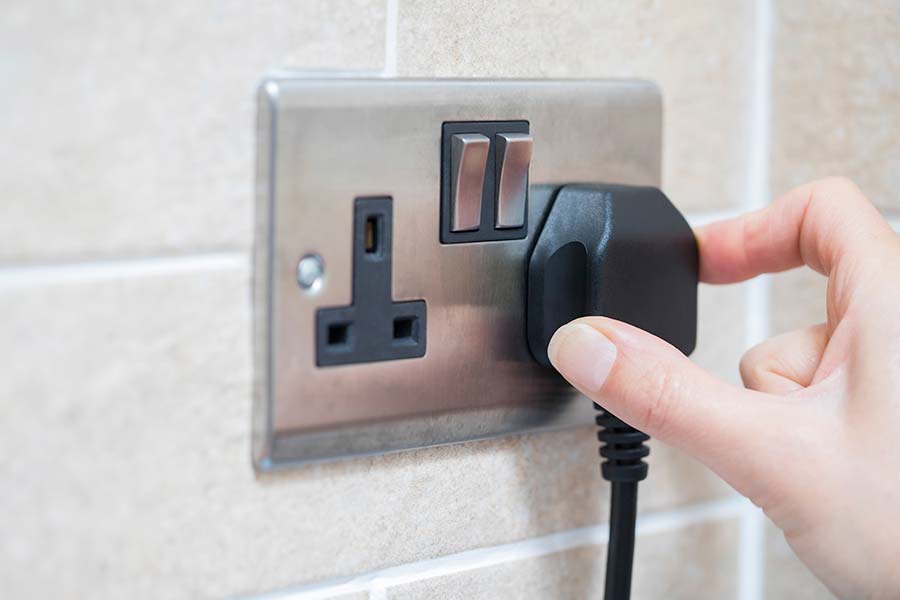
Traditional electrical outlets and switches are often mounted low on the wall and can be difficult for individuals with mobility issues to reach. Raised electrical outlets and switches are mounted higher on the wall and can be easily reached without having to bend down. This can reduce the risk of falls and improve independence, allowing individuals to easily turn lights on and off, or plug in and unplug devices. Additionally, raised electrical outlets and switches can also be easier for individuals with visual impairments to locate and use, making the home safer and more accessible.
4. Install Lever-Style Instead of Round Doorknobs.

Lever-style door handles are considered more elder-friendly than round doorknobs for several reasons:
- Ease of use: Lever-style door handles are easier to grip and turn than traditional round doorknobs, which can be difficult for individuals with arthritis, limited dexterity or grip strength.
- Safety: Lever-style handles reduce the risk of injury, as individuals do not need to grip tightly or twist their wrists to open the door, which can be painful for those with arthritis or other conditions.
- Accessibility: Lever-style handles are mounted at a comfortable height and can be easily operated with one hand, making it easier for individuals using wheelchairs, walkers, or other mobility aids to enter and exit rooms.
Overall, lever-style door handles can provide greater accessibility, safety, and comfort for all individuals, particularly the elderly, making the home more accessible and functional living space.
5. Consider Adding a Stair Lift or Ramp for Easier Access to Different Levels of the Home.
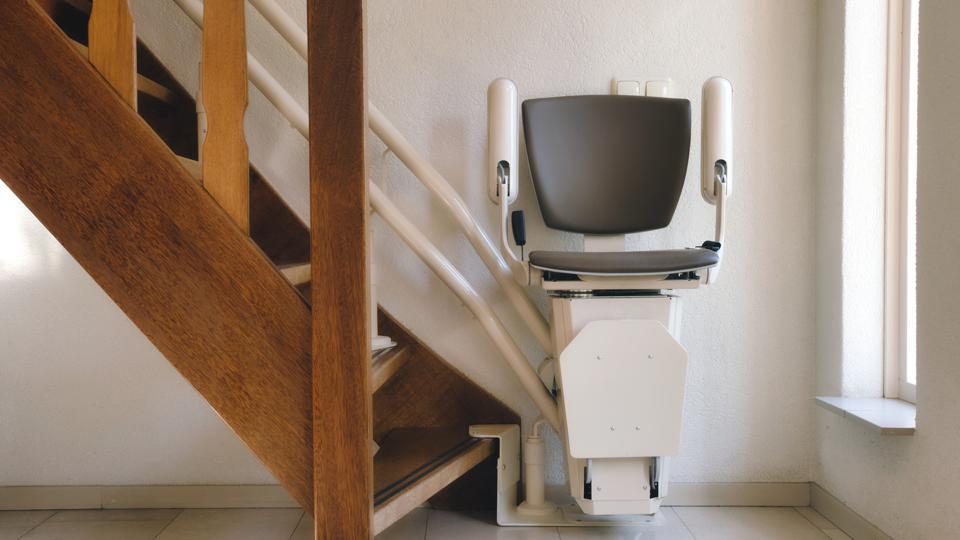
Adding a stair lift or ramp in a home renovation for the elderly can improve accessibility and mobility between different levels of the home. A stair lift is a motorized chair that runs on a track and allows individuals to easily and safely ascend and descend a staircase. A ramp, on the other hand, is a sloped surface that provides a gentler incline and allows individuals using wheelchairs or mobility aids to easily access different levels of the home.
Both stair lifts and ramps can increase independence and make the home safer for individuals with mobility issues, particularly the elderly. They can also provide peace of mind for caregivers and family members, who can be confident that their loved ones are able to easily access all areas of the home. The addition of a stair lift or ramp can also increase the accessibility and usability of the home, making it a more comfortable and convenient living space for all individuals.
6. Install Hands-Free Faucets and Toilets to Reduce Physical Strain.
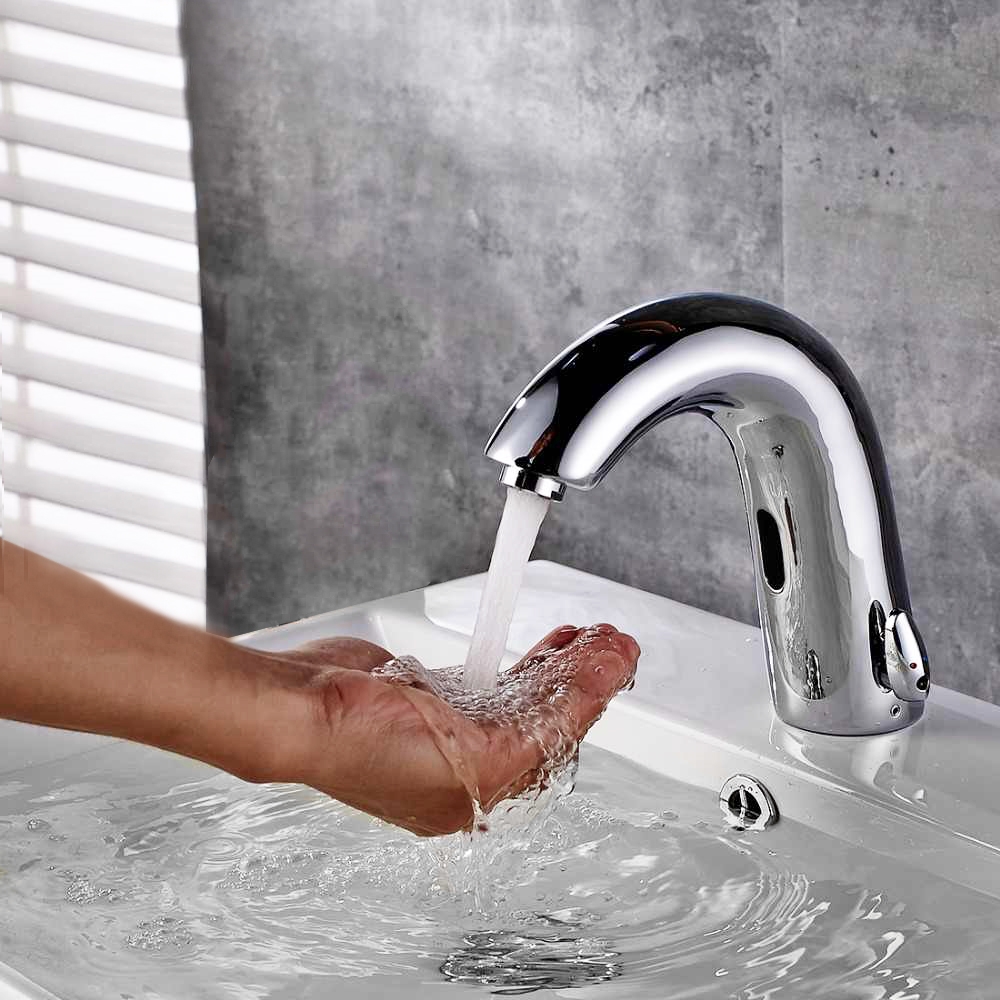
Hands-free faucets and toilets operate using sensors, eliminating the need for individuals to physically touch the fixtures to turn them on or off. This can be especially helpful for individuals with mobility or dexterity issues, who may have difficulty turning traditional knobs or handles.
Hands-free faucets and toilets can also reduce the spread of germs, as individuals are less likely to touch contaminated surfaces. This can improve hygiene and overall health, particularly in a home with an elderly individual. The addition of hands-free fixtures can also increase independence and make the home safer for all individuals, particularly the elderly, who may be at a higher risk of falls or other accidents. Overall, hands-free faucets and toilets can improve accessibility, convenience, and safety for all individuals, making the home more comfortable and usable living space.
7. Incorporate Task Lighting to Reduce Eye Strain.
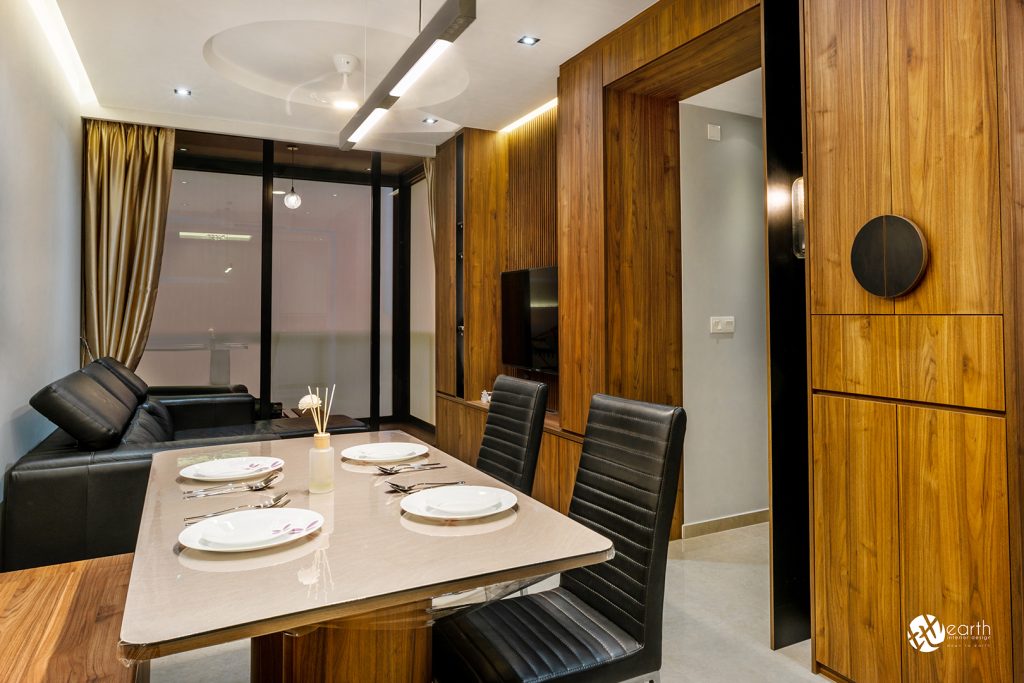
Task lighting provides a focused beam of light to specific areas, such as reading or workspaces, making it easier for individuals to see and perform tasks. This type of lighting can be especially helpful for individuals with visual impairments, who may have difficulty seeing in low-light conditions.
Task lighting can also reduce the need for overhead lighting, which can be harsh and cause eye strain. By having additional sources of light, individuals can adjust the amount and type of light to their specific needs, reducing eye strain and increasing comfort. The addition of task lighting can also increase independence, allowing individuals to easily see and perform tasks on their own, without relying on others for assistance. Overall, task lighting can improve accessibility, comfort, and safety for all individuals, particularly the elderly, who may be at a higher risk of eye strain and visual impairments.



